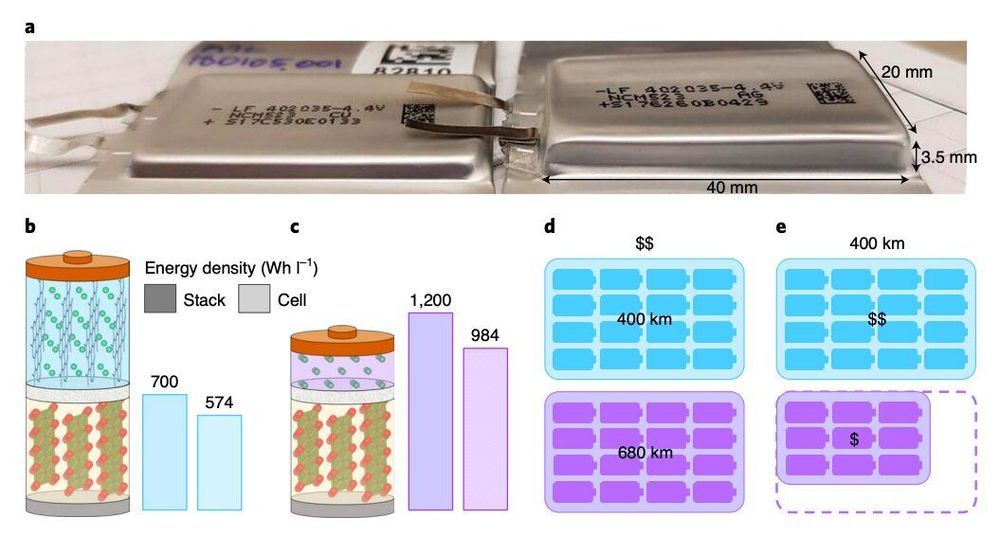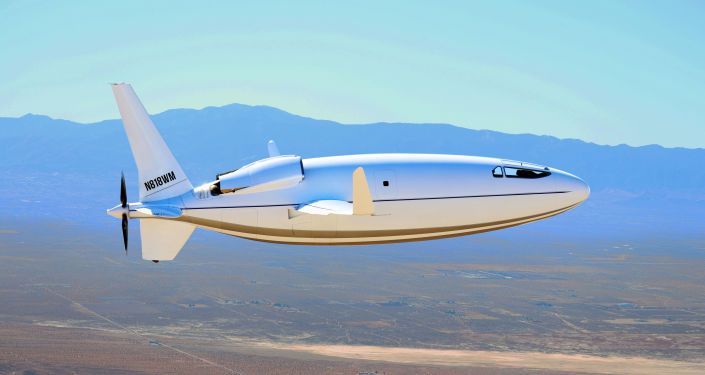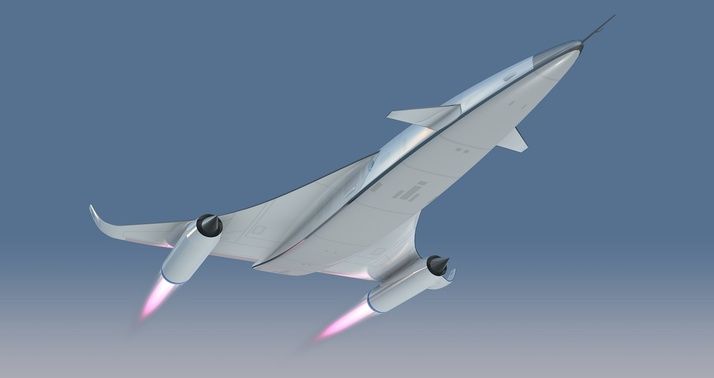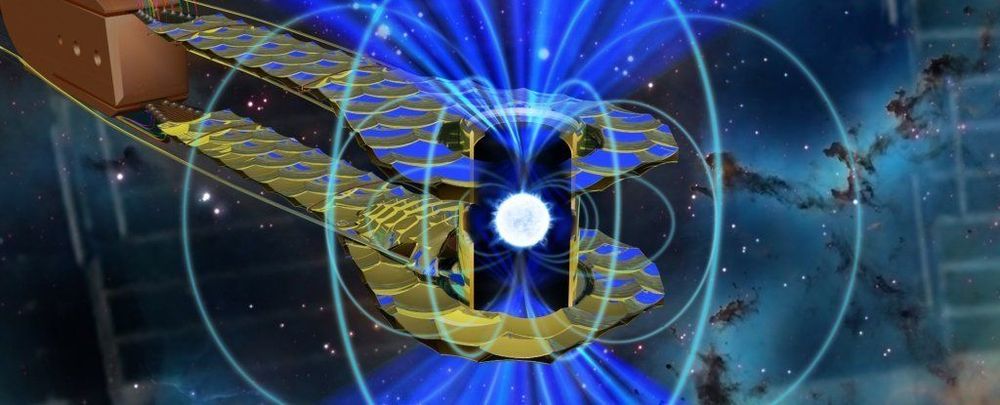Public-private partnerships have been central to the development of cybersecurity over the past decade, through the sharing of threat information between commercial organizations and historically secretive government agencies. The opportunity now exists for a new era of public-private partnership, for a new realm of information sharing.
Cyberattacks continue to be reported as a key business risk. In the recent World Economic Forum’s Regional Risks for Doing Business 2019 report, survey respondents in six of the world’s 10-largest economies identified cyberattacks as their number one risk.
However, as distinct from other risks such as fiscal crises or energy price shocks, cyberattacks have a clear mitigation: cybersecurity. Yet despite a decade of rising spending, respondents do not have confidence in their ability to deliver sufficiently strong cybersecurity to mitigate the risk. Why is this?









